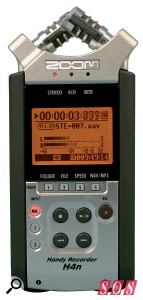This post is a continuation of a previous post.
What is a good way to utilize a digitally split Multi-channel Audio signal?

Before getting started, what is the difference between recording MADI Signal and taking a direct L/R signal straight from the sound board?
For one, if you intend to sell a digital recording of a performance, two track recording isn’t the best way to control what you are going to be giving to people. Using MADI allows you to have complete control over the sound of every signal being sent into the recording. There’s no better way to create a live recording that will stand the test of time as far as audio quality and capturing the complete performance.
One way is to use it to save a recording of each channel being sent to the FOH. The best way to do this is to send it to a DAW (Digital Audio Workstation) Such as Protools. But there is no way to send input form an XLR Cable to a computer without the use of a analogue to digital audio converter. There are several ways to do this.
1. One way is to purchase a MADI Converter. This will take the MADI Signal from the CAT5 or Coaxle Cable and convert it into a digital signal that you could plug a USB 2.0 cable into the laptop with.
2. If you don’t have MADI capabilities. Another way is to dedicate an XLR to digital audio converter that will be used to plug straight into a laptop, sort of like a digital preamp used for recording a single instrument at a time. But one XLR Converter that can process about 32 channels at one time is a little expensive, but it is a good alternative to MADI if you are not capable of using MADI cable.
